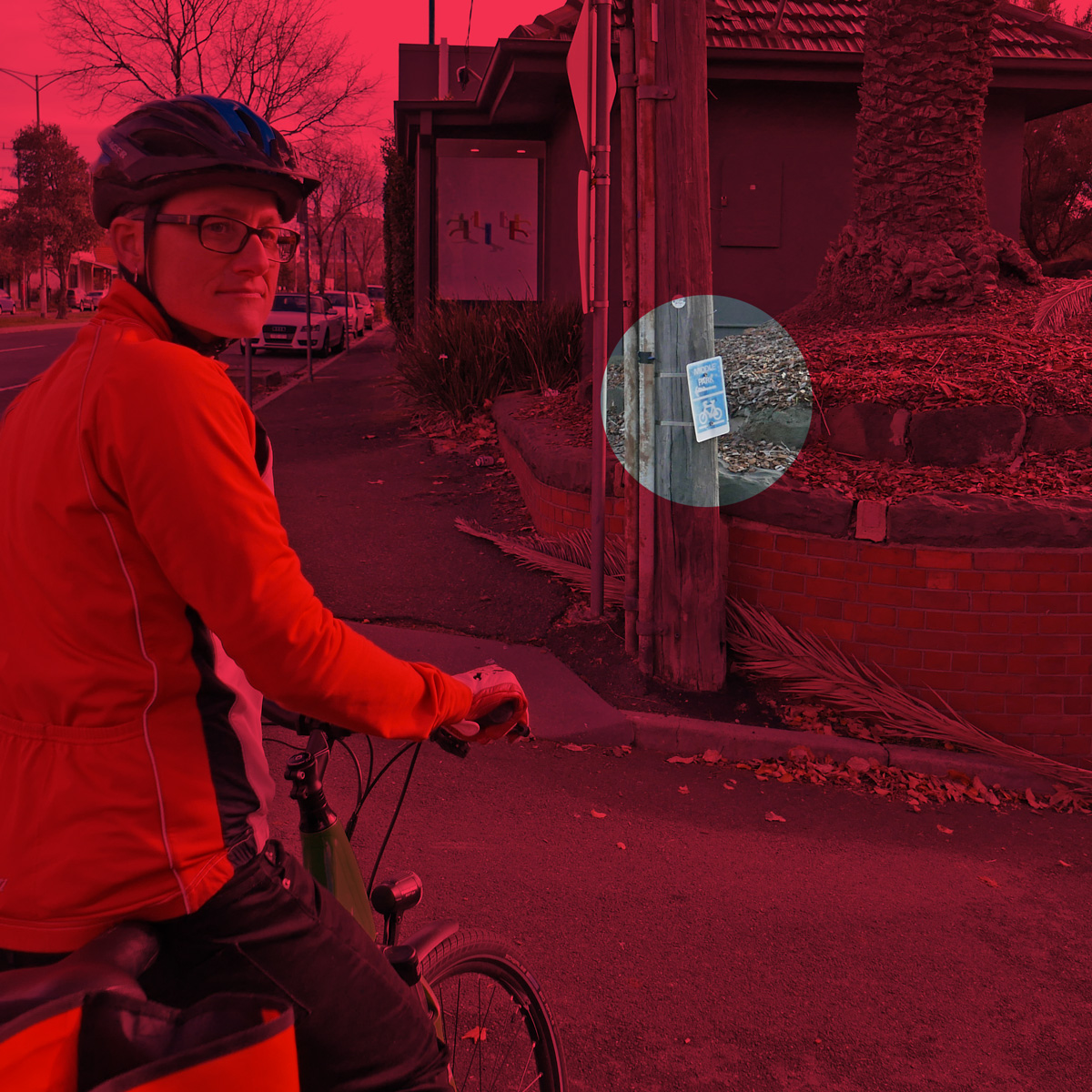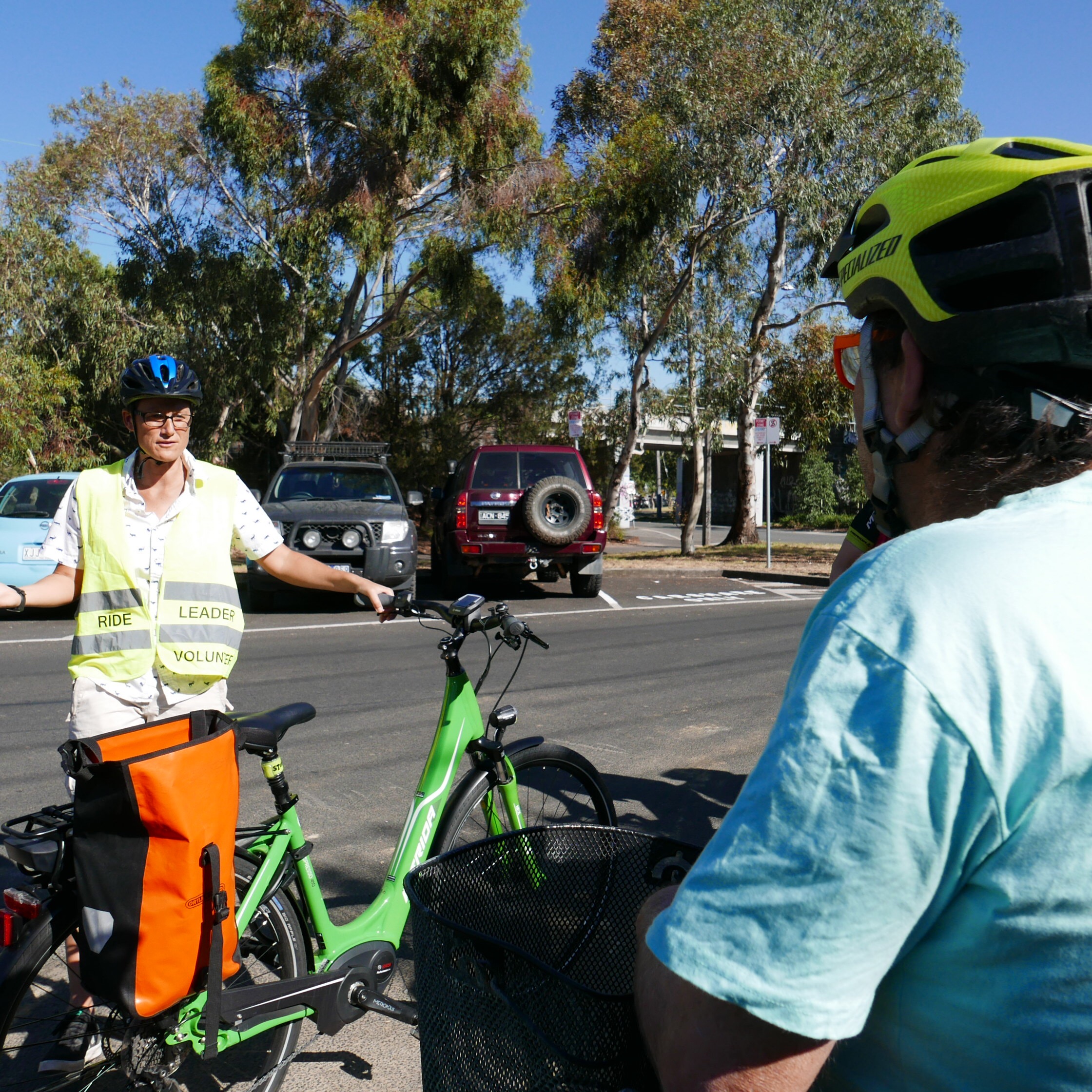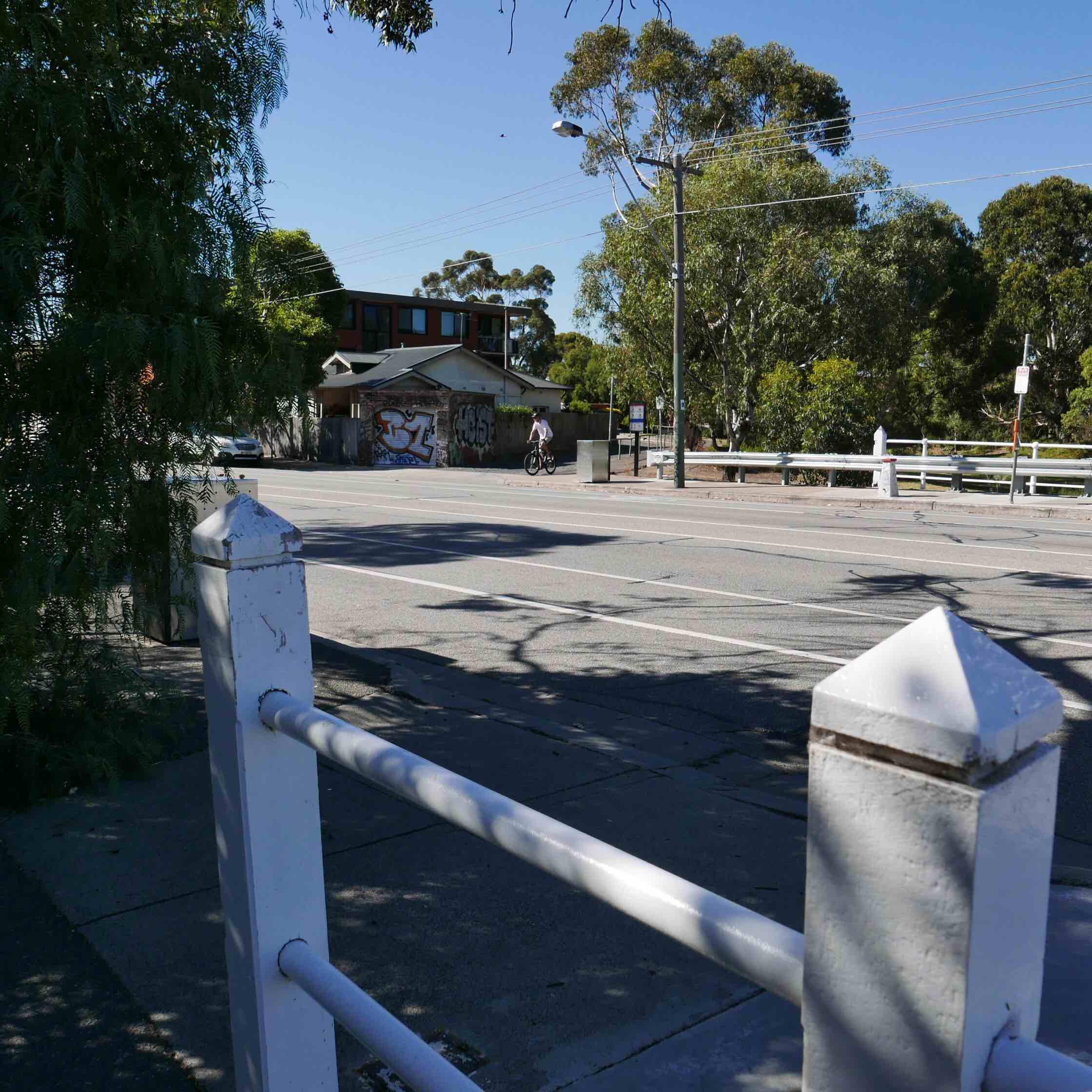City of Port Phillip has released the first designs for the Park St Link, Route 3 on the planned network of protected bike lanes in the Integrated Transport Strategy (ITS). These designs are part of the Domain Masterplan, now open for consultation, until 14th August 2019.
The Park St Link is a short section connecting St Kilda Road (with its future separated lanes) at Anzac station, and Moray St (Route 3 of the ITS, which has been built as separated lanes to the north, and only “buffered” lanes to the south).
Substantial changes are proposed here, with a new tram line down the street, as well as some street closures.
Context: Park St Link (marked 3) connects St Kilda Rd with Moray St. Full map here.
The eastern section between St Kilda Road and King’s Way shows a completely separated lane, protected from vehicle movements by some kind of curb. The intersection with the minor cross-street, Wells Street, has been dealt with by building up the curbs at the entrance, indicating that the cycle lane and footpath are to have precedence.
St Kilda Road to King’s Way separated lanes
However the western end of the route, from King’s Way to Heather St, is what the council calls “protected”— that is, it is a green-painted lane with car parking on the left, and vehicles to the right. The “protection” is supposed to be provided by a painted buffer on both sides. Paint will not protect people on bikes from vehicles intruding into the bike lanes. Moreover, a non-separated lane does not provide the high level of safety required to encourage vulnerable or risk-averse potential cyclists.
King’s Way to Moray Street— a non-separated lane.
There is no apparent physical reason why such a mediocre treatment has been proposed here, rather than a Copenhagen style lane with car parking between the bike lane and the vehicle lane. There are very few driveways, with much of the section adjacent to parkland.
Based on the treatment of Moray St, the additional space requirements for a separated cycle lane are as little as 0.5m; however if required, the new tram lanes could be slightly off-set, allowing car parking on one side (as a Copenhagen lane) but not the other.
The closure of Eastern Road is commendable, with extra open space created. There is also a very short section of separated lane between Heather St and Moray St.
On the whole, this treatment fails to achieve its own stated outcome of “A safe, on-road separated bike lane to connect to other bike riding routes, including St Kilda Road, Moray Street and beyond“ (Draft Public Realm Masterplan, page 26).
It also fails to respond to the community, who said:
• Park Street to St Kilda Road is a critical connection for bike riders and needs to be closely considered.
• Big supporter of the separated bike path – following similar models like the ones used in the Netherlands.
• Separated bike path to help improve safety.
(Documented in the Domain Precinct Design Response Community Engagement Report.)
You can respond to the draft plans here—please copy your response to portphillipbug@gmail.com, so we can include your concerns when we meet with councillors. The Port Phillip BUG has also made a submission on behalf of our members.






































